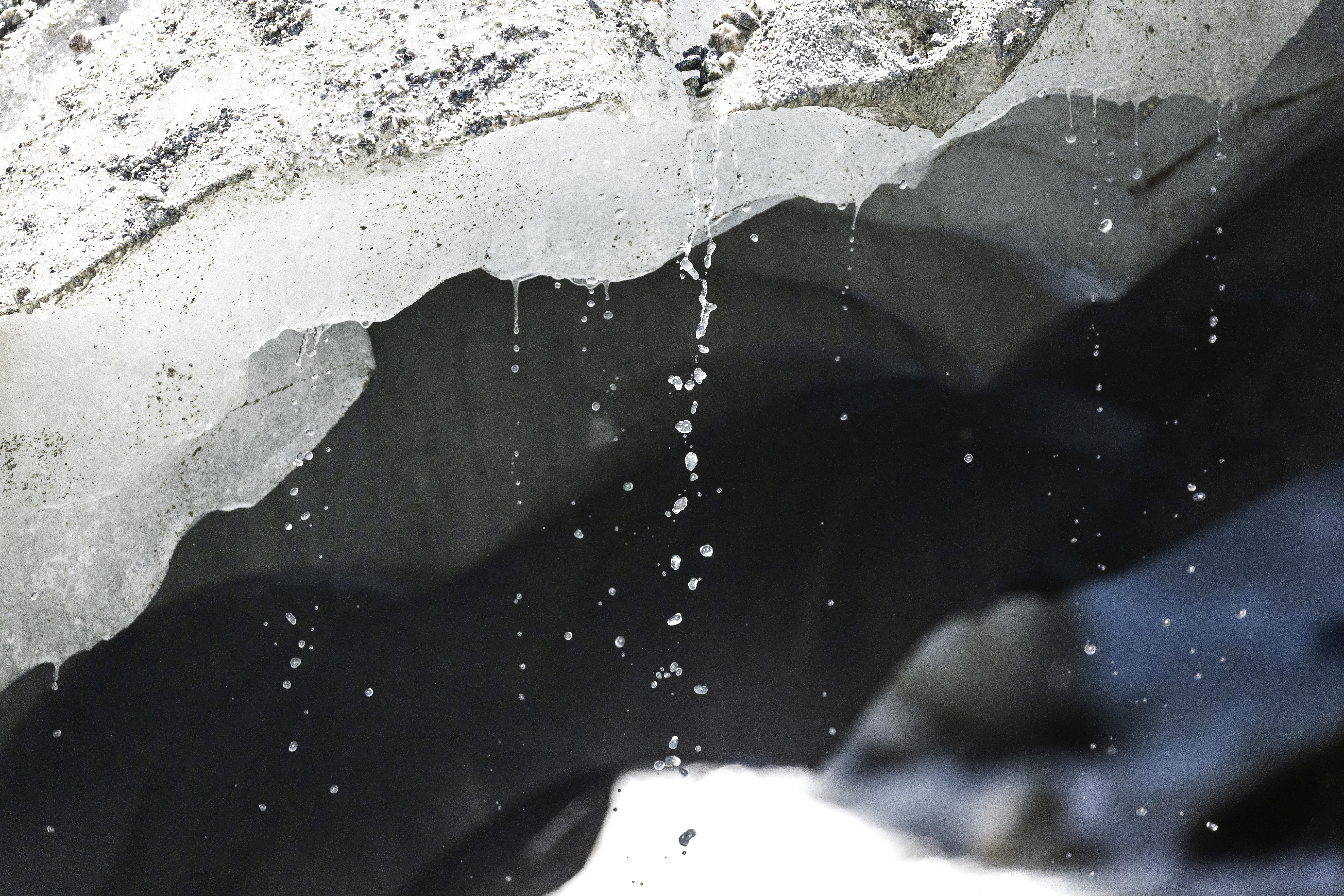
views
A 5.8-magnitude earthquake struck Nepal on Tuesday afternoon, the National Centre for Seismology stated. READ MORE
According to reports, strong tremors were felt in Delhi-NCR. Tremors were also felt in parts of Uttar Pradesh.
Since the second-half of 2022, some similar earthquakes in the region have been observed.
Every earthquake brings with it its fair share of fear. There is also a lot of debate on the world heading into a zone of climate disasters, due to rise in the average global temperatures.
ALSO READ | ‘Scary’: Delhi-NCR, Parts of North India Feel Strong Tremors of Nepal’s 6.3 Earthquake; Another Quake Strikes U’khand’s Pithoragarh
Are Earthquakes Happening More Often?
According to a report by Straits Times, every year approximately 15 large earthquakes with magnitudes greater than 7.0 occur. Only seven such earthquakes were recorded in the first ten months of 2022, indicating that the frequency of these disasters is within the normal range, said Dr Karen Lythgoe, senior research fellow at the Earth Observatory of Singapore.
A few more large earthquakes are expected to occur before the end of 2022, based on the statistical expectation of 15 large earthquakes per year, she had said at the time.
The occurrence of large earthquakes all over the world is a random process. This means that clusters of earthquakes can occur within a few days at times and at larger intervals of weeks or months at other times.
While three large earthquakes occurring in the same country on the same date is extremely unlikely, it is not impossible. In Mexico, for example, three large earthquakes struck on September 19: one in 1985, one in 2017, and one in 2022, all in different parts of the country.
Some experts also believe that instant information can also cause cognitive biases like clustering illusion. When we see earthquakes in the news, we believe there are more of them.
(The Clustering Illusion is the tendency to misinterpret small samples from random distributions as having significant’streaks’ or ‘clusters.’ It is caused by the human proclivity to underestimate the amount of variability that is likely to appear (due to chance) in a small sample of random or semi-random data.)
What Causes Earthquakes?
The Earth’s surface is not a continuous surface. Instead, it is made up of massive segments known as tectonic plates. Earthquakes occur along the boundaries of tectonic plates or at the locations of cracks within the plates, known as faults.

The tectonic plates that make up the earth’s crust are constantly shifting. As the edges of these plates slide against each other in fault zones, friction slows them down, causing pressure to build up over time. When the force of movement finally overcomes the friction, sections of the crust break or shift, releasing pent-up pressure in the form of seismic waves. This is a naturally occurring earthquake, also known as a tectonic earthquake.
Is Climate Change Linked to Earthquakes?
Climate change is becoming more widely recognised, but none of the recent earthquakes are likely to be related to it, the report by Straits Times explains. However, according to some scientific studies, climate change may have a minor impact on geological phenomena such as earthquakes, but the effects would be quite localised.
Changes in terrestrial ice cover are one of the climatic factors linked to earthquakes.

In the polar regions, glaciers and permanent ice sheets exert enormous pressure on the bedrock, causing it to warp downwards. As the ice melts and the weight of the earth’s crust is released, the land responds with a rebound, much like a slow, massive trampoline. This rebound can have an impact on geological faults, potentially resulting in earthquakes, though these will be limited to icy areas.
However, the effects are secondary to the primary cause of large earthquakes, which is tectonic plate movement.
This report was originally published on November 14, 2022
Read all the Latest Explainers here



















Comments
0 comment